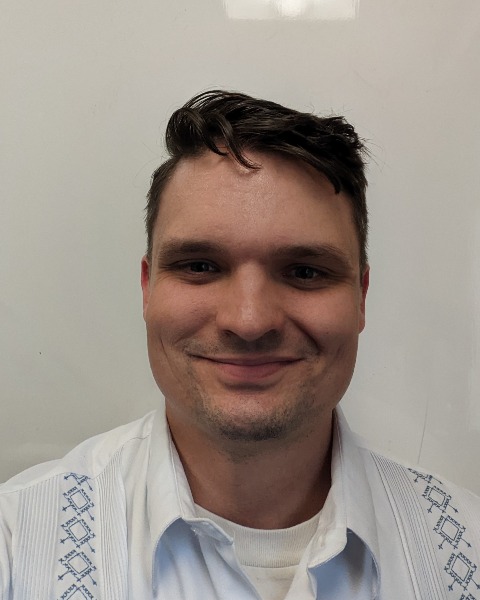Encore Abstract Poster Session 2
(EA02-10-25) Disparities in Food Security Across the Student Body at a Flagship Midwestern University
Sunday, June 1, 2025
12:45 PM - 1:45 PM ET
Location: Poster Board D-70

Nathaniel R. Johnson, PhD (he/him/his)
Assistant Professor
University of North Dakota
Grand Forks, North Dakota, United States- EC
Emma M. Cullen
University of North Dakota
Grand Forks, North Dakota, United States
Presenting Author(s)
Co-Author(s)
Disclosure(s):
Nathaniel R. Johnson, PhD: No relevant financial relationship(s) with ineligible companies to disclose.
Date on which the work was previously presented at the scientific conference listed: October 8, 2024 (Minneapolis, Minnesota, USA)
Objectives: Food insecurity, limited or uncertain access to food, is associated with a host of negative outcomes. Unfortunately, educational, food, and other living costs have increased making students more likely to experience food insecurity. We examined potential disparities in food security across the student body of a flagship Midwestern university.
Methods: This study utilized an online, cross-sectional, questionnaire-based design. An e-mail containing a study-specific questionnaire was sent to all students registered for ≥1 credits. Items addressed a variety of demographic and behavioral variables including age, race and ethnicity, sexual orientation, whether they had a meal plan, received a Pell grant, scholarship or other financial support. The 10-item U.S. Adult Food Security Survey Module assessed food security. Those with low or very low food security were considered food insecure. Independent-samples Wald proportion tests were used.
Results: A total of 522 students completed the survey, reflecting a 4% response rate of total enrollment. Out of the 522 respondents, 144 (28%) were food insecure. Those who identified as Hispanic/Latino (p = 0.003), Native American (p < 0.001), or as part of the LGTBQ+ community (p < 0.001) in addition to those receiving Pell grants (p < 0.001) were more likely to be food insecure. Those who identified as non-Hispanic white (p < 0.001), had a meal plan (p = 0.010), and received financial assistance from family (p = 0.033) were less likely to be food insecure.
Conclusions: These results highlight disparities in food security across the student body of a flagship Midwestern university.
Funding Sources: This work was supported by the National Institute Of General Medical Sciences of the National Institutes of Health, Award Number T34GM145466.
